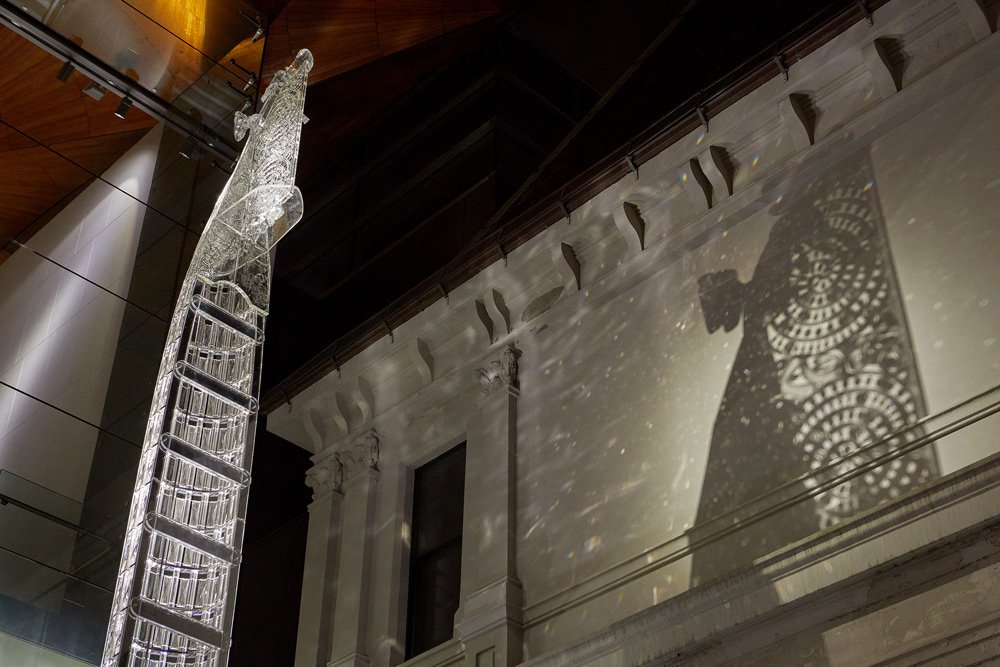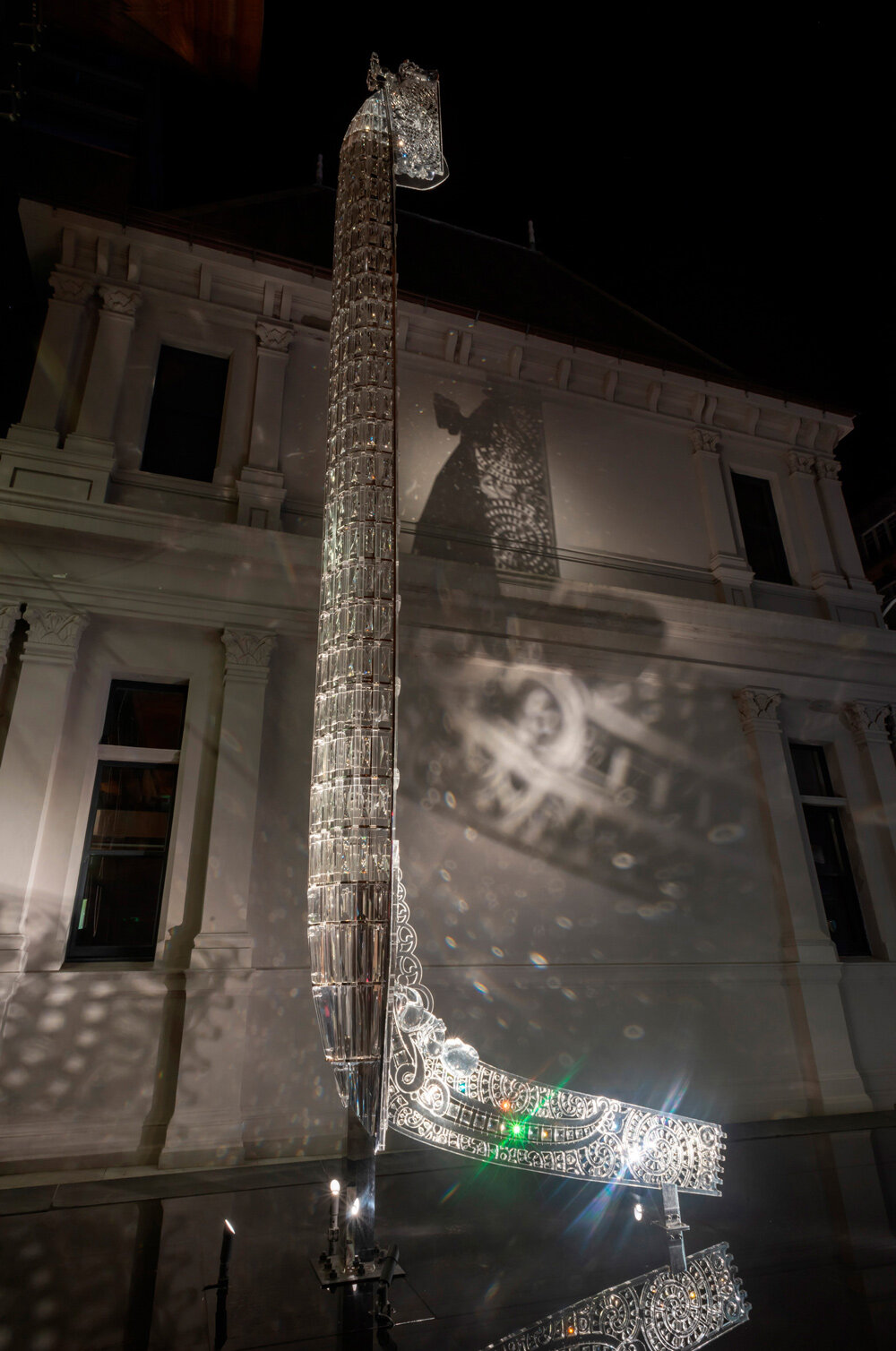BRINGING TOGETHER ARTISTS IN THIS WAY SUPPORTS AN UPWARD SPIRAL OF ECONOMIC GROWTH, CREATES OPPORTUNITIES, PUSHES BOUNDARIES AND CHALLENGES PERCEPTIONS.
DMC’S PARTNER UAP IS PROUD TO HAVE PRODUCED THESE INCREDIBLE ARTWORKS IN AOTEAROA NEW ZEALAND.
RONNIE VAN HOUT
BOY WALKING
PROJECT Potters Park
LOCATION Auckland, New Zealand
CLIENT Auckland Council
BUILD UAP
YEAR 2019
Ronnie Van Hout’s monumental sculpture depicts a hyper-realistic oversized boy, mid stride. Standing at 5.6 metres tall and fabricated in cast aluminium, the artwork evokes both change and optimism, acting as a towering landmark for the park.
Ronnie van Hout is a New Zealand-born multidisciplinary artist. He developed the form of the artwork by scanning an actual boy (his son) and creating a 3D model.
UAP was engaged through the design development phase to resolve the form, scale, engineering and finish. UAP expertly fabricated the work using 3D scanning and HoloLens technology.
Ronnie van Hout, Boy Walking, 2019. Image credit: Auckland Council
REUBEN PATERSON
(Ngāti Rangitihi, Ngāi Tūhoe, Tūhourangi, Scottish)
Guide Kaiārahi
PROJECT Auckland Art Gallery Forecourt
LOCATION Auckland, New Zealand
CLIENT Auckland Art Gallery Toi o Tāmaki
BUILD UAP
YEAR 2021
Guide Kaiārahi was commissioned by the Edmiston Trust and the Auckland Art Gallery as a semi-permanent commission. It is sited in the public forecourt, above the reflection pool of Auckland Art Gallery Toi o Tāmaki.
Paterson is best known for his use of glitter, and creation of sequin-encrusted paintings and sculptures. Reuben is adept at harnessing the appeal of light, reflectivity, and the visual articulation of surfaces to amplify pattern, colour and texture.
Paterson draws from both his Māori and Scottish ancestry to combine traditional Māori pattern and design with non-traditional media, reinvigorating and extending Māori expression.
Guide Kaiārahi takes inspiration from the sighting of a phantom waka (canoe) on the lake at the foot of Mount Tarawera, eleven days prior to a massive volcanic eruption which took place in June 1886.
The apparition of the waka was interpreted at the time to be ominous, with the priest Tūhoto Ariki confirming this conclusion. The Tarawera eruption that ensued was catastrophic for nearby settlements, which were buried in ash and debris.
The Māori community felt that the eruption was the atua (god) Te Tamahoi, who had been buried within Mount Tarawera, expressing rage at traditional tapu (religious customs) not being observed, and therefore perceiving the land as being taken for granted.
The sculpture, built by UAP, is Paterson’s most ambitious work to date.
Reuben Paterson, Guide Kaiārahi, 2021. Image credit: Photography by Hamish Melville courtesy of Auckland Art Gallery Toi o Tāmaki









